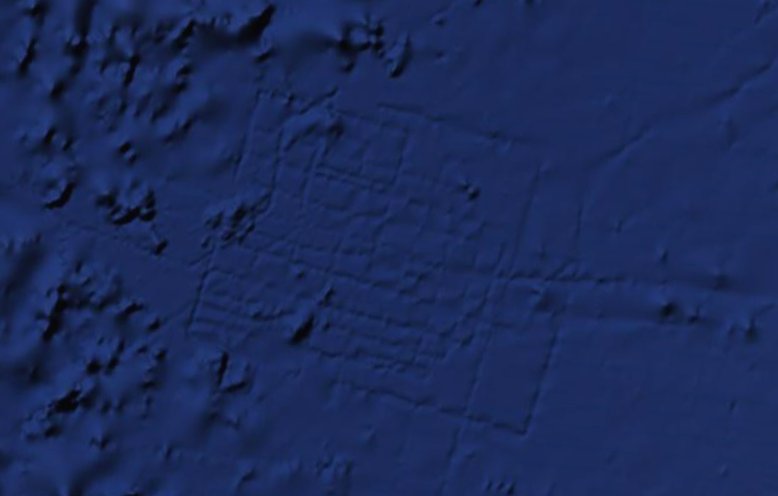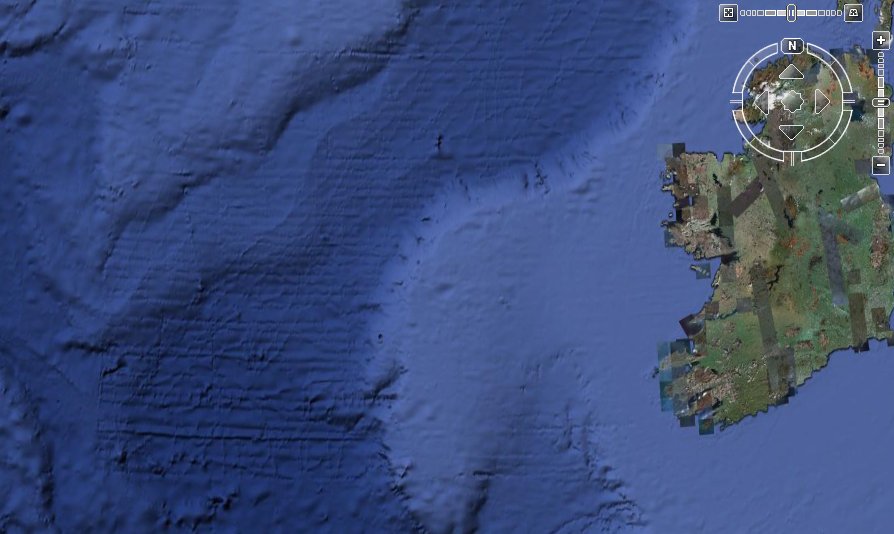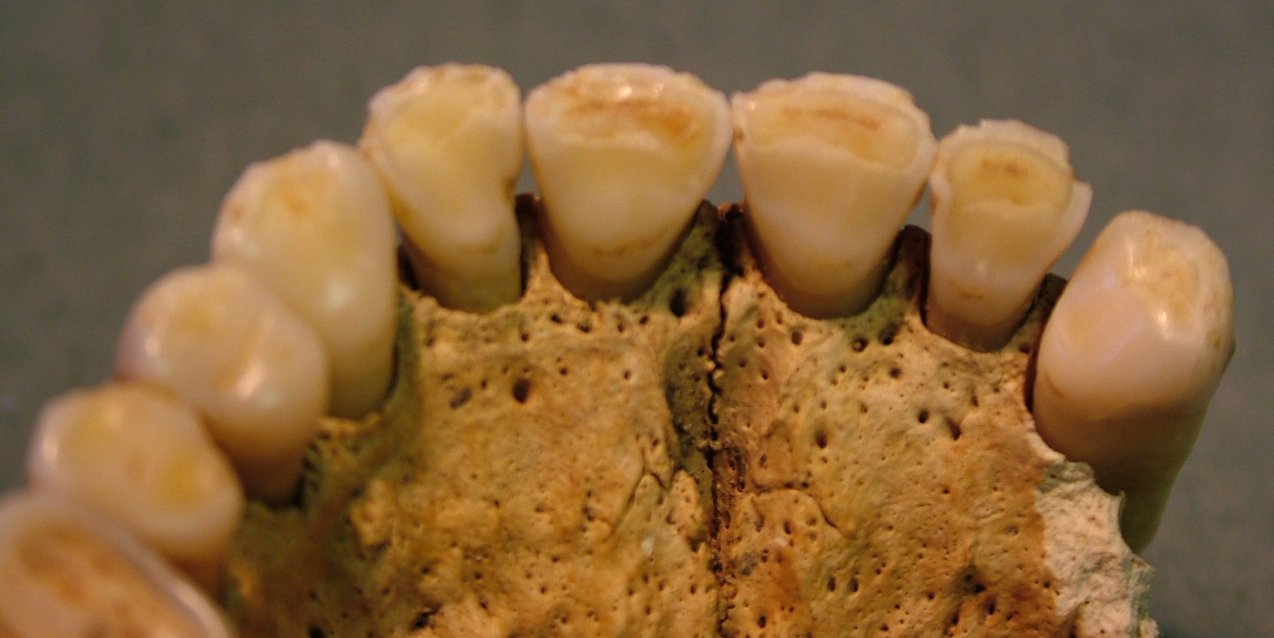Blog
 By now, almost everyone has heard of Twitter, the ‘micro-blogging’ social network. For anyone who hasn’t, its a tool which facilitates short posts commenting on what you are doing right now, announcing events or happenings etc.. Users post maximum 140 character updates (or “tweets”) to the site which can be read by their ‘followers’, and you can follow and read other people’s tweets. George Hook seems to be loving it. It’s a fairly immediate form of communication, with followers frequently enabled to view updates within a short time of publication using various devices.
By now, almost everyone has heard of Twitter, the ‘micro-blogging’ social network. For anyone who hasn’t, its a tool which facilitates short posts commenting on what you are doing right now, announcing events or happenings etc.. Users post maximum 140 character updates (or “tweets”) to the site which can be read by their ‘followers’, and you can follow and read other people’s tweets. George Hook seems to be loving it. It’s a fairly immediate form of communication, with followers frequently enabled to view updates within a short time of publication using various devices.
I’ve set up a Moore Group Twitter account which can be viewed here..
Initially, while we find our way around the thing, we’ll use twitter to simply augment our blog. Once I can figure out how to tweet blog posts automatically, I’ll do so. If someone can tell us how to do that on WordPress.com, it’d be greatly appreciated. For the time being I’ll do it manually. As well as links to blog posts, we’ll also post news of any events of interest, websites of interest and other announcements. And maybe, post those banal bits of info which seem to be prevalent throughout the twitter system.
Edit 22 Feb: Alun kindly tweeted with instructions on how to auto-tweet blog entries – pretty easy really – go to twitterfeed and follow their simple instructions and away we go.
You may have noticed that we’ve decided to adopt the new wordpress theme – Vigilance by Jestro. I like the three column, magazine style presentation and the option to have an additional single column.
Feb 22, 2009 | Categories:Uncategorized | Tags: archaeological consultants, social networking, twitter | Leave A Comment »
Guest Post from Southie Sham.
Here’s a second guest post from Southie Sham. Southie’s our man in North Dakota in ‘A-Merry-Ka’ and is a Principle Investigator archaeologist. An Irishman, he’ll occasionally post his sometimes skewed thoughts on living in the New World and North American Archaeology. Today SS compares Irish and American approaches to planning and the cultural heritage resource.
Today – Of the people, by the people, for the people.

Lincoln, 3am, after 2 bottles of Pinot Grigio (the photographer, not Lincoln)
Last week I finished a two day training course offered by the Advisory Council on Historic Preservation (ACHP) in Washington D.C. ACHP is a federal agency whose job it is to advise the executive on matters relating to all things historical, pre-historical, or just plain old. The course dealt with Section 106 of the National Historic Preservation Act (NHPA) 1966, which deals specifically with federally run or funded, schemes that have the potential to impact on cultural material; and I thought it might be interesting to briefly compare the American process with the Irish planning process for government funded projects.
The planning process for similar schemes in Ireland, is dealt with in the Planning and Development (Strategic Infrastructure) Act, 2006 (PDSI). The first immediate difference concerns who is covered in these pieces of legislation. In the US, NHPA and Section 106 in particular deal specifically with projects run by federal agencies or dependent upon federal money. In other words, projects where the US government is either directly or indirectly involved. In Ireland the PDSI deals with any infrastructural development that is considered of “national importance”, which means it can be paid for by money from the private or public sector, or a combination of both. This obviously leaves the door open for Public Private Partnerships (PPP’s) which the government has used to great effect in various schemes including road building.
Read more under the fold….
(more…)
Feb 21, 2009 | Categories:About Archaeology | Tags: ACHP, CRM, Cultural Heritage Legislation, planning, Roads, Southie Sham, Strategic Infrastructure Act, Tara, USA | 5 Comments »
No, Its not Atlantis, and really, radio producers, newspaper editors et al.. you should consult an oceanographer before presenting us with a lost fabled, imaginary land deep in the Atlantic… From todays English ‘Sun’:
THIS is the amazing image which could show the fabled sunken city of Atlantis.
It shows a perfect rectangle the size of Wales lying on the bed of the Atlantic Ocean nearly 3½ miles down.
A host of criss-crossing lines, looking like a map of a vast metropolis, are enclosed by the boundary.
They seem too vast and organised to be caused naturally.
And last night the possibility of an extraordinary discovery had oceanographers and geophysicists captivated.

Atlantis!
In fact, Google Earth depicts an ocean alive with data. The latest GE provides a dataset which includes seabed surveys throughout the world, and the photo above (located some 650m off the Canary Islands) is probably just that – a survey grid with some higher resolution data….
The photo below is off Ireland and similar linear anomalies are visible. In fact, if you explore the oceans you will notice transects and grids in many areas.

Of course, we could be wrong and there might have been a vast expansive city in the middle of the Atlantic which sank beneath the waves, or maybe the dolphins did it.
Feb 20, 2009 | Categories:About Marine | Tags: Atlantis, Canary Islands, Schmatlantis, Seabed survey | 1 Comment »
Well bloggers, it seems not everyone is that taken with the joys of nature. Declan is losing sleep over it! You see he lives beside a roost of Whooper Swans. ‘But’, I hear you say, ‘swans aren’t that noisy’ ….well these are, have a listen to the video. There’s no picture because it’s night but the sound of the swans is real.
[vodpod id=Groupvideo.2109988&w=425&h=350&fv=%26rel%3D0%26border%3D0%26]
more about “Swans“, posted with vodpod
Known previously as the North American Trumpeter Swan, they are known as Gaeilge (Note: As our Antipodean General Manager has pointed out, the non-Irish among you may not know that as Gaeilge means ‘in the Irish language’) as Eala Ghlórach; the “noisy swan”. It’s not a wonder Dec is losing sleep. For a description of the species and comparisons with the more common Mute Swan see the BirdWatch Ireland page here.

Whooper Swan, Photo from Birdwatch Ireland, Breffni Martin
They live in Iceland, comprising a population of over 20,000 and growing, and they fly south for the winter, some over-wintering in Scotland and lots, as in over 12,000, come to the island of Ireland. They gather at wetlands, lakes and turloughs (see this earlier FF&F for a description of turloughs!) and graze on improved grassland at various sites throughout the north and central parts of the country. They leave their grazing grounds just after dusk to return to their roosting wetland for a good chat after a hard day’s fieldwork.
So, Cheer up Dec, it’s not everyone has a welcoming party of whooping swans when they get home from work.
Feb 19, 2009 | Categories:About Environment | Tags: Environmental Consultancy, Flora and Fauna, Ireland, North American Trumpeter Swan, Turlough, Whooper Swan | Leave A Comment »
This is the second part of a three part post on excavations carried out at Barnhill, Co. Clare. The first part is here and consists of details of a Bronze Age Round house which was excavated. The third part will comprises a bibliography for further reading and is located here. This part (II) is derived from a detailed osteological report prepared by Sarah Porteus for Moore Group.
Eighteen inhumations of varying orientations were also excavated across the site. These burials post dated the ditch feature. The twelve adult and six juvenile skeletons recovered from Barnhill Woods appear to be representative of a rural population, with periods of malnutrition suffered by all ages. The individuals were most probably eating a coarse diet without refined sugars. Chipping to the anterior teeth of two adult males is suggestive of the use of teeth as a tool during life. The occupation of these individuals may have involved gripping iron nails, or other hard objects, between the teeth such as carpentry or cobblers nails. Most individuals had undertaken physical work resulting in degeneration of the spine over time. Burial position was mostly supine extended with hands placed across the pelvis, though burial orientation was variable. Two grave cuts contained multiple burials, with the rest being simple individual burials. No infant remains were recovered, which may indicate their exclusion from the burial ground. As no definitive date is known for the individuals pending the results of C14 dating the burials are thought to date from between a wide period from AD500 and AD1800.

Multiple chipping to the maxillary incisors and canines of SK21
The individuals from Barnhill Woods appear to have led lives which were prone to sporadic periods of illness or malnutrition in childhood resulting in periods of arrested growth, indicated by the presence of linear enamel hypoplasia in the teeth. The presence of active and healed porotic hyperostosis and cribra orbitalia in the adult population suggest that the pattern of illness and malnutrition continued into adulthood. In a rural community seasonal availability of certain foods may have sufficient effect upon the individual to result in periods of arrested growth. Sporadic episodes of serious illness may have had an impact on the absorbtion of nutrients by the body of some of the individuals when fighting a disease. As many of the cases of porotic hyperostosis had begun to heal most of the individuals were recovering from these episodes of malnutrition or illness. Overall, living conditions for the individuals appears to have been harsh with periods of disease and malnutrition.
Cont’d under the fold……

(more…)
Feb 12, 2009 | Categories:About Archaeology, Papers & Reports | Tags: archaeological consultants galway, Barnhill, Clare, Dromoland, Moore Group, osteology, Sarah Porteus | 1 Comment »
 By now, almost everyone has heard of Twitter, the ‘micro-blogging’ social network. For anyone who hasn’t, its a tool which facilitates short posts commenting on what you are doing right now, announcing events or happenings etc.. Users post maximum 140 character updates (or “tweets”) to the site which can be read by their ‘followers’, and you can follow and read other people’s tweets. George Hook seems to be loving it. It’s a fairly immediate form of communication, with followers frequently enabled to view updates within a short time of publication using various devices.
By now, almost everyone has heard of Twitter, the ‘micro-blogging’ social network. For anyone who hasn’t, its a tool which facilitates short posts commenting on what you are doing right now, announcing events or happenings etc.. Users post maximum 140 character updates (or “tweets”) to the site which can be read by their ‘followers’, and you can follow and read other people’s tweets. George Hook seems to be loving it. It’s a fairly immediate form of communication, with followers frequently enabled to view updates within a short time of publication using various devices.





